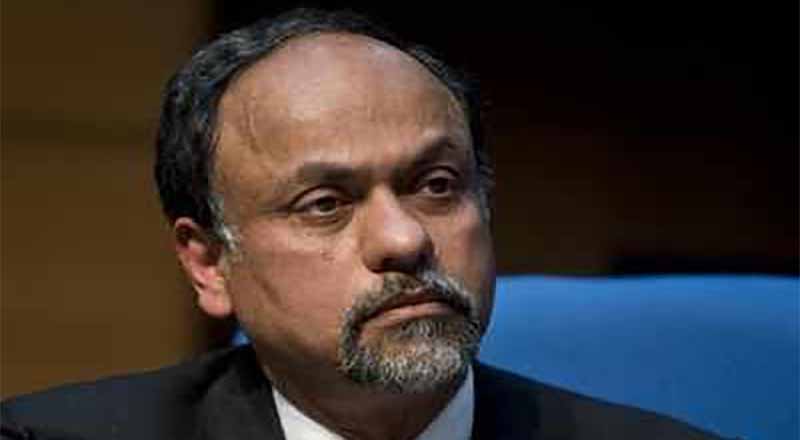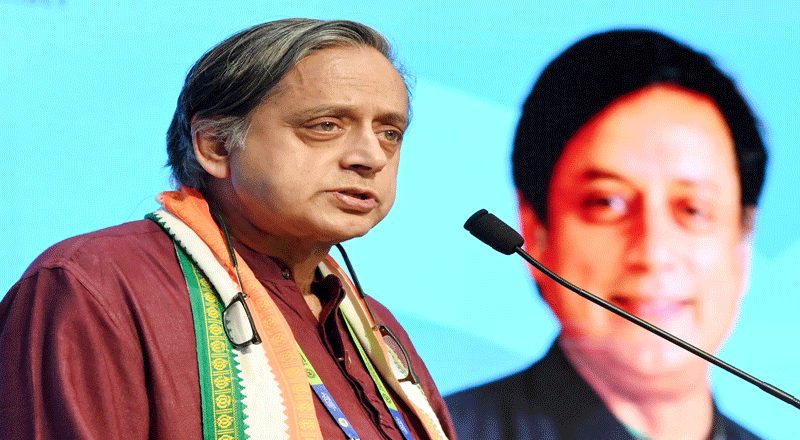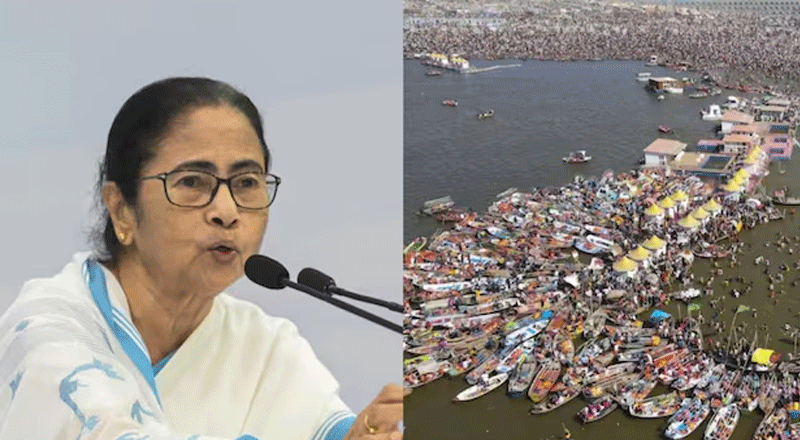Debasish Panda, Financial services secretary is responsible for implementing some of the key measures – from privatising two banks and a general insurer to setting up a development financial institution and faster payment of depositors stuck in ailing banks.
In an interview, Panda explains the strategy behind the proposals. Excerpts:
The budget has increased the FDI limit in insurance to 74% from 49%. What is the kind of inflow that you have estimated and how do you ensure there are safeguards?
Given the widespread concerns raised towards individual and organizational protections in the wake of Covid-19, there is a need to increase insurance penetration and awareness and further opening-up of FDI will be a step in this direction.
During 2000-2015, FDI inflow were around Rs 9,961 crore while post-2016, about Rs 26,000 crore of FDI has come in this sector. With the opening up of FDI in the insurance sector, fresh capital inflows, desired increase in insurance penetration and density, introduction of new technologies and innovation, global best practices and systems, new products and enhanced customer experience would follow and we expect a good number of investments coming.
In the past, DFIs have anchored India’s industrialisation. At that time there was no framework for infrastructure financing and hence they were focussed on industrial development and not as much on infrastructure creation. These DFIs struggled when they lost concessions and access to alternate sources of cheap funds. Hence, most of the DFIs converted themselves into commercial banks over time.
IIFCL also had no concessions unlike earlier DFIs. Banks are not suitable for infra financing on account of their asset-liability mismatch concerns, though they can only supplement. There are market gaps to cater to the needs of infra financing and therefore a dedicated DFI for long term project finance is needed now.
Although the mandate for IIFCL was for a DFI…
The mandate was for infrastructure financing. The developmental role was not assigned in the true sense of the term. Proposed DFI would have both roles – development functions and financial functions.
Now, if an investor comes and he wants to build an expressway or an airport, there is nobody to guide him on how to structure the project. This proposed institution will play that role. This is the mandate of the institution and it is proposed to bring it through a bill. Why? Because there will be a sovereign backing that will lend a lot of confidence to the investors.
Second, within this set up we are also proposing for establishing private DFIs. Initially, the government will have 100% stake and overtime taper it down to 26%. It would be regulated by RBI.
Will you merge IIFCL with this entity?
IIFCL has the experience, has some domain expertise in infra financing. They have the manpower which is fairly experienced, and knowledgeable in long-term infra financing. It would be prudent to subsume it into the proposed DFI, build it around that, so that we have a quick start.
Regarding the privatisation of banks and insurance company it will require changes in laws. Can you please elaborate?
As regards to privatisation, we now have a new disinvestment policy. For the identification of banks etc, it will go through three layers – NITI, core group of secretaries on disinvestment and Alternate Mechanism (of ministers) and then a decision will be taken at the highest level. After this process, necessary legislative amendments will be moved.
How will the ‘bad bank’ or new structure of the asset reconstruction company and the asset management company work?
There are some legacy NPAs of approximately Rs 2.2 lakh crore and the banks are not able to extract the money. They are all stressed assets, around 70 assets of more than Rs 500 crore. Most of existing ARCs are thinly capitalised – necessitating to set up a new structure to resolve these stressed assets urgently.
Under the proposed ARC–AMC model, the ARC will aggregate all the stressed assets and transfer the assets to the AMC, a skilled and professional asset management company, for resolution. The transfer of stressed assets to the ARC will happen at net book value, which is value of assets minus provisioning done by banks against these assets.
The bank will get 15% cash and 85% security receipts against bad debt that will be sold to the ARC.
The new structure will enhance the value or at least preserve the value and then ultimately sell it through a market price discovery mechanism to a potential investor or to an AIF.
The proposed ARC will be set up by state-owned and private sector banks, and there will be no equity contribution from the government. However, government may provide sovereign guarantee needed to meet regulatory requirements.
The new structure will reduce the load of stressed assets on the bank balance sheet and look to resolve these bad debts in a market-led way.
On the deposit insurance what exactly is being done?
Last year, the government had approved an increase in the deposit insurance cover from Rs 1 lakh to Rs 5 lakh for bank customers. I am told around 90% of depositors will be covered. But the pay-out takes a long time.
We are now examining a proposal to amend the DICGC Act to streamline the provisions so that if a bank is temporarily unable to fulfil its obligations, the depositors can get easy and time-bound access to their deposits to the extent of the deposit insurance cover. This will help depositors of banks that are currently under stress.





